
VP legal and compliance | Adverity



Fiona Konetzky
VP legal and compliance | Adverity
Team size: seven
First, can you please give us an idea of the sort of work your team has done recently?
My team’s vision and mission say:
‘We are industry leaders and act as the legal and compliance department of the future. Our mission is to revolutionise the legal landscape by applying legal design principles and customer-centricity in everything we do. With the help of legal tech, we are leveraging data intelligence to drive strategic business partnerships with our stakeholders’.
This credo defines how we tackle our day-to-day work but also has led to some great projects with are having a positive impact not only on my team but the wider business.
The most important initiative that I would like to mention is our ‘legal design challenge’, where the legal counsel and legal operations teams worked closely together to bring our legal services to the next level.
For many, ‘legal design’ is just another buzzword. But in my opinion, it is worth having a closer look at this approach. Legal design is about applying customer/user-centred design principles to legal documents and processes. As a service department, we need to have the interest of our external and internal clients at heart to not end up working in a legal silo. Most documents, no matter if contracts or policies are used by laypersons, not lawyers. Nevertheless, most lawyers struggle to take off their ‘legal glasses’ to design documents and processes that are shaped for those end customers/users.
As a lawyer, I often read documents and ask myself why they are formulated in such an unnecessarily complicated, unclear, or overblown way when they could be more transparent and easier to understand. Also, most of them look the same and are not appealing to the reader. Important information is buried somewhere in a long text. But why? It is our responsibility to change that and facilitate communication with our customers and lastly within our industry.
My team re-designed our most important contract framework. The goal was to identify the key users of the framework and empathize with them, to identify existing problems and challenge the status quo, to brainstorm solutions, come up with a reworked draft that has been presented to the key users. Based on their feedback, we could create a contract framework that sets a new standard. This will not only generate more efficiency by saving time negotiating but also will contribute to attracting clients and help to ultimately generate revenue faster.
How does your legal strategy change during periods of instability or uncertainty?
We had to shift our approach in the way we do business. Our vision and mission mentioned above reflect that. Market conditions are tough, and the legal department must not hinder the business, but support it to the best of its ability. Flexibility, unconventional thinking, and customer focus are the key elements of our strategy.
Do you make use of any ‘legal tech’ products, and if so, for which areas of your job do you find it most useful?
Yes, we are using (legal) tech for contract lifecycle management legal intake and matter management, whistleblowing compliance and policy management.